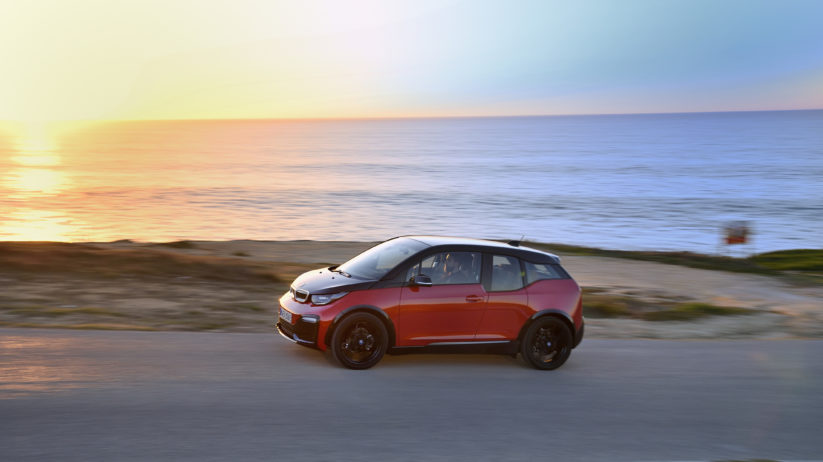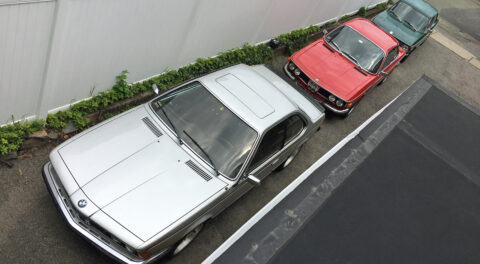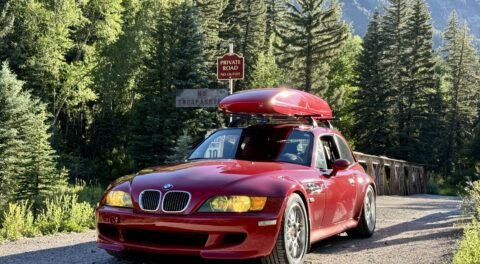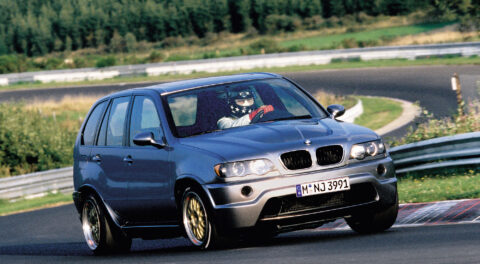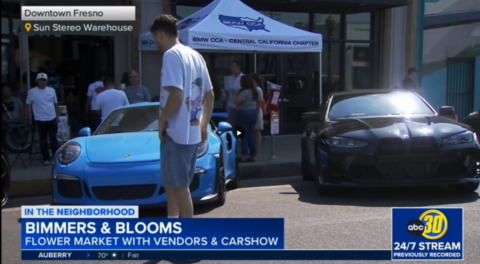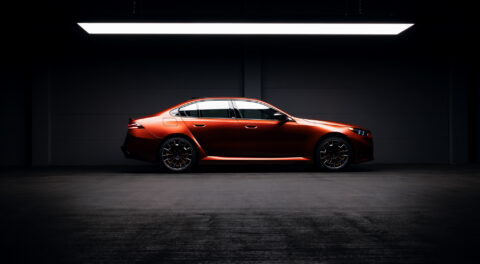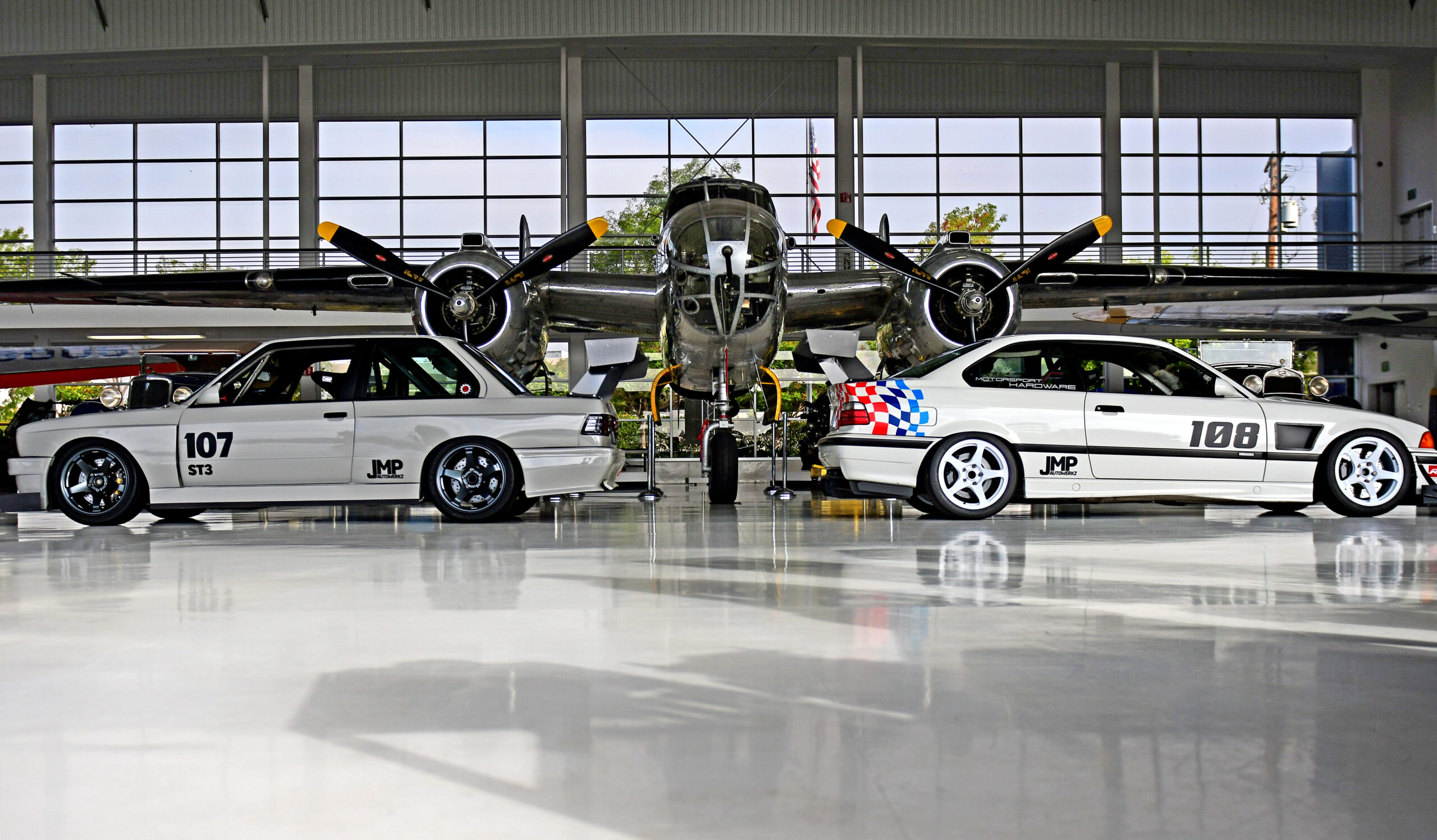According to a recent article by BMWBlog, production of the i3, which arrived in 2013 for the 2014 model year, has been extended to go all the way until 2024. Last week, we wrote about how regularly updating the batteries of the i3 have allowed it to gain a significant amount of range during the time it has been available, and how another battery upgrade is reportedly due to arrive around 2021. In our article, we discussed how the i3 is growing rather long in the tooth as far as a production vehicle is concerned, let alone one in the rapidly evolving EV segment. If the i3 is to be produced and sold until 2024, the final models will be a full ten years older than the first ones to hit the road what already seems like a long time ago.
The i3 was futuristic and innovative when it arrived and it certainly remains so, especially when compared to BMW’s upcoming EV efforts, which seem to take a more conservative route, with platforms shared between electric- and combustion-powered models. With a substructure that relies heavily on the use of carbon-fiber and an interior made recycled materials that still seems cool today, the i3 also employs a form of modular construction that has allowed its batteries to be upgraded as technology has evolved and capacity has become both greater and more affordable.
But while some consider BMW keeping the i3 around to be a good thing, and a testament to what was clearly a future-proof design when it first debuted, critics have been quick to point out that extending i3 production is more evidence that the efficacy of BMW’s electric strategy remains up for debate. In other words, the i3 sticking around is seen by at least a few as a stopgap measure until BMW’s full lineup of next generation EVs and hybrids finally arrives by 2023, and a clear indicator that BMW failed to effectively follow up on the groundbreaking success of the i3 and outgoing i8 in due time.
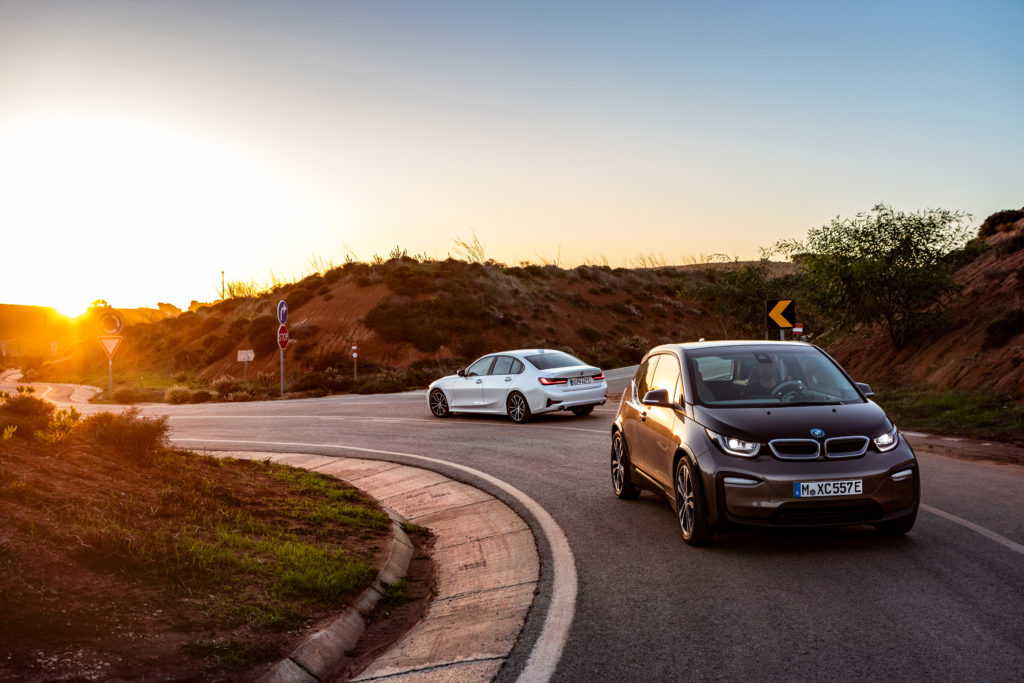
Wherever you stand, a decade is a long time for a modern vehicle platform to be manufactured. In the EV world, it’s nothing short of an eternity. The Tesla Model S is older than the i3, having been introduced for the 2012 model year, and it too has been upgraded numerous times over the years, both aesthetically and in terms of motivation, with range and performance both growing seemingly every few years. Unlike the i3, however, the Model S is no longer Tesla’s mainstay model, a crown that has long since been passed to the Model 3, a direct competitor to the 3 Series that sells in serious volume that simply cannot be ignored.
While BMW has introduced a number of models with electrified drivetrains, if you want a practical and somewhat entry-level BMW EV, the i3 is probably what you’re looking at. Unfortunately, it seems like the world has already moved on—as it should, after seven years—and the value proposition of the i3 just isn’t attracting buyers in the way the Tesla Model 3 is, a counterpart which offers superior range, exceptional performance, and to many, unquestionably inoffensive styling as well. BMW has an answer, of course, but it’s still a few excruciating years away.
That doesn’t mean the i3 hasn’t been a resounding success for BMW. As we noted recently and as was also pointed out by BMWBlog, around 180,000 units of the i3 have been produced since production commenced in 2013, and the U.S. is its most popular market, with more than 37,000 sold here in that time. Not to mention, with a rumored battery upgrade on the way for 2021, it made sense that the i3 would be kept around for at least a few model years after, perfect timing for it to bridge the gap between now and the arrival of the next round of sorely needed BMW EVs.—Alex Tock
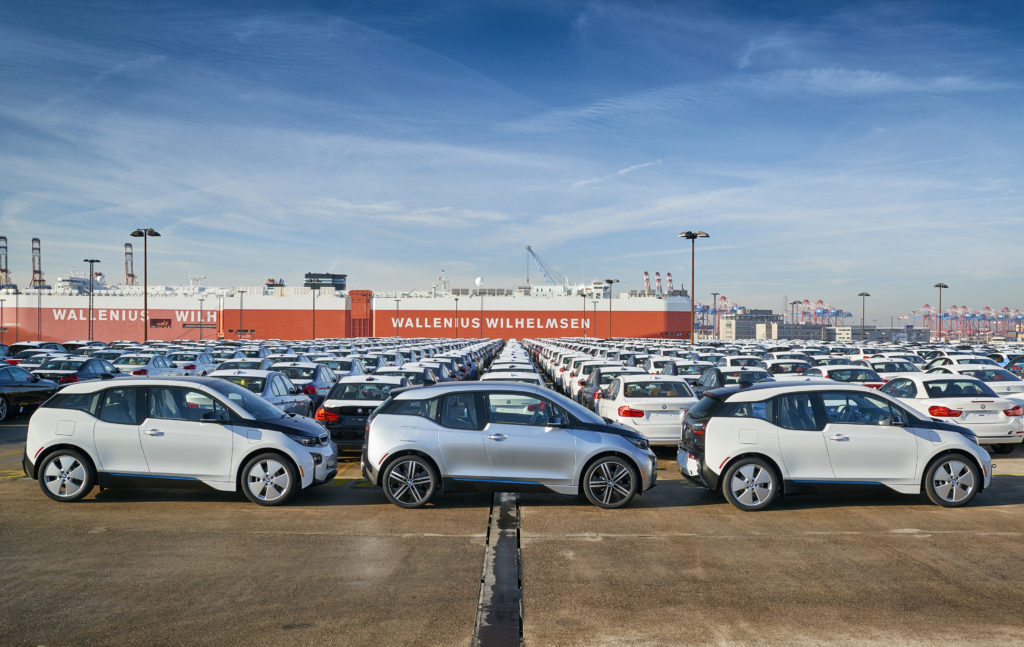
[Photos courtesy BMW AG.]

